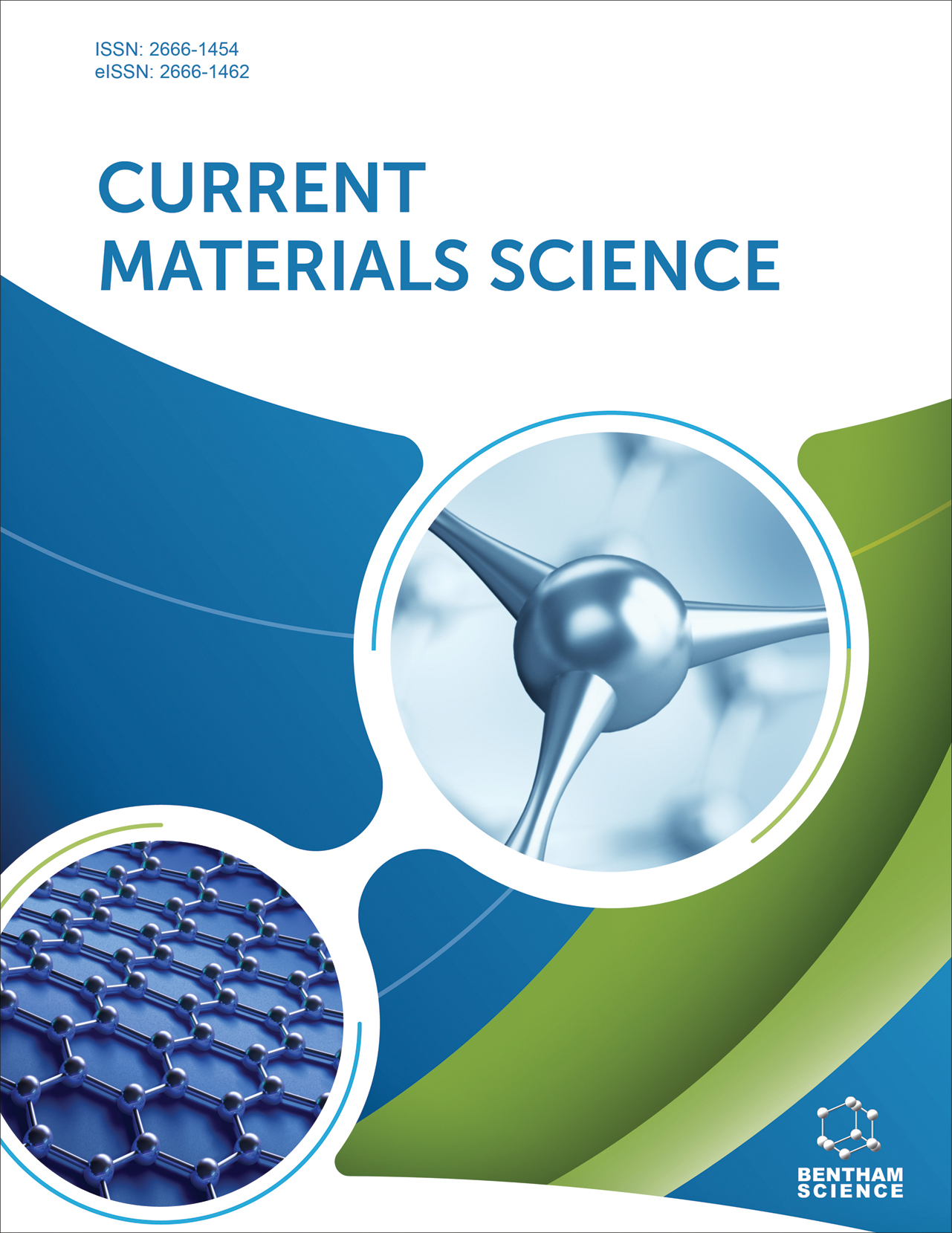
Full text loading...
We use cookies to track usage and preferences.I Understand
Tea tree oil (TTO) is a widely known essential oil extracted from Melaleuca alternifolia leaves naturally having antimicrobial and antibacterial activities. Tea tree oil is widely used in a variety of industries, including agrochemicals, pharmaceuticals, medicine, food, textiles, as well as cosmetic and hygiene products. To overcome the limitation of tea tree oil being highly volatile and reactive, microencapsulation has become one of the preferred methods to retain and control these compounds. This review explores the different techniques for encapsulating tea tree oil. Along with a comprehensive overview of the most recent research and applications of microencapsulated tea tree oil, microencapsulation techniques and the available technologies are also discussed.

Article metrics loading...

Full text loading...
References


Data & Media loading...

